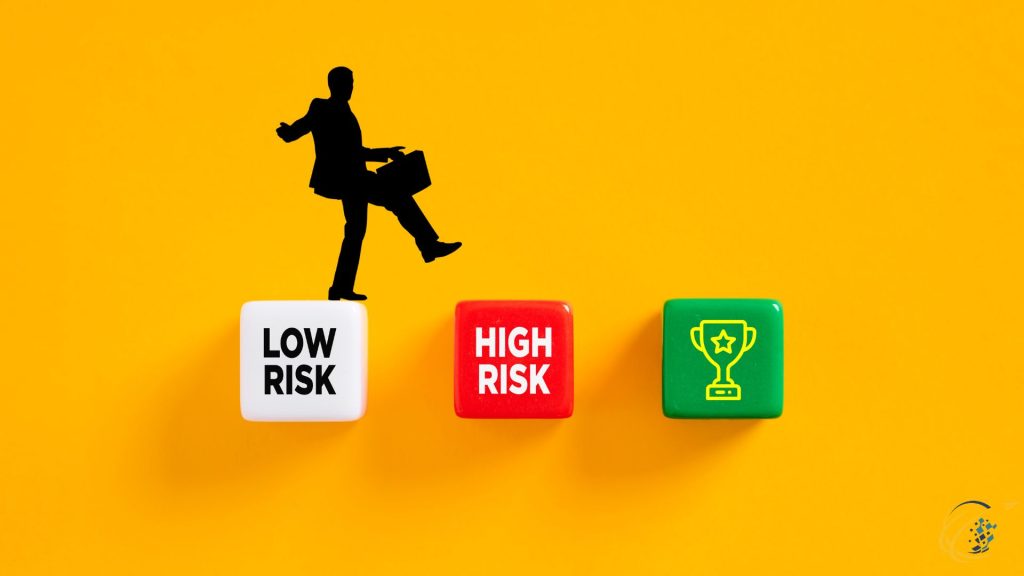Identifying and assessing business risks is a critical component of strategic management. These processes help companies anticipate potential challenges and mitigate their impact. Business risks can arise from various sources, including financial uncertainties, operational inefficiencies, regulatory changes, as well as market volatility. By identifying and assessing risks, companies can develop strategies to navigate these uncertainties and also safeguard their success.
Types of Business Risks
There are several types of business risks that companies must consider. Financial risks involve uncertainties related to cash flow, investment returns, as well as market fluctuations. Operational risks stem from internal processes, systems, and people, potentially causing disruptions in day-to-day activities. Strategic risks are associated with high-level business decisions and also their potential impact on the company’s direction. Compliance risks arise from legal and regulatory requirements that companies must adhere to. By understanding these different types, businesses can effectively identify and assess business risks.
Identifying Business Risks
Identifying business risks involves a thorough examination of both internal as well as external factors that could negatively impact the business. Internally, companies should assess their processes, systems, and workforce. Identifying weaknesses in these areas can reveal potential operational and strategic risks. Externally, businesses need to monitor market trends, economic conditions, and regulatory changes. By keeping an eye on the external environment, companies can anticipate market risks and also compliance issues. Identifying and assessing business risks requires a comprehensive approach that considers all possible threats.
Assessing Business Risks
Assessing business risks involves evaluating the likelihood and potential impact of identified risks. This process helps prioritize risks and allocate resources effectively. Businesses should use qualitative and quantitative methods to assess risks. Qualitative assessments involve expert judgment and scenario analysis, providing insights into the potential consequences of risks. Quantitative assessments use numerical data as well as statistical models to estimate the probability and impact of risks. By combining these methods, companies can gain a well-rounded understanding of their risk landscape. Identifying and assessing business risks accurately allows for more informed decision-making.
Risk Mitigation Strategies
Once businesses have identified and assessed their risks, they need to develop strategies to mitigate them. Risk mitigation strategies can include risk avoidance, reduction, transfer, or acceptance. Avoiding risk involves changing plans to eliminate the risk entirely. Reducing risk focuses on implementing measures to minimize the impact or likelihood of risks. Risk transfer involves shifting the risk to another party, such as through insurance or outsourcing. Risk acceptance means acknowledging the risk as well as preparing to handle its consequences. By identifying and assessing business risks, companies can choose the most appropriate mitigation strategies.
Monitoring and Reviewing Risks
Identifying and assessing business risks is not a one-time activity but an ongoing process. Businesses must continually monitor their risk environment and review their risk management strategies. Regular risk assessments ensure that companies remain aware of new and evolving risks. This continuous monitoring allows for timely adjustments to risk mitigation strategies. Furthermore, businesses should establish key risk indicators (KRIs) to track potential risk exposures. By regularly monitoring and reviewing risks, companies can maintain resilience and also adapt to changing conditions. Identifying and assessing business risks effectively supports long-term stability.
The Role of Technology in Risk Management
Technology plays a significant role in identifying and assessing business risks. Advanced analytics and risk management software provide valuable tools for monitoring and evaluating risks. These technologies enable businesses to analyze large datasets, identify patterns, and predict potential risks. Automation streamlines risk assessment processes, reducing the time and effort required. Additionally, technology facilitates real-time risk monitoring, allowing companies to respond swiftly to emerging threats. By leveraging technology, businesses can enhance their capabilities in identifying and assessing business risks.
Building a Risk-Aware Culture
Building a risk-aware culture is essential for effective risk management. This involves fostering an environment where employees at all levels understand the importance of identifying and assessing business risks. Training programs and awareness campaigns can educate employees about risk management practices. Encouraging open communication and also reporting of potential risks helps uncover issues that might otherwise go unnoticed. Leadership should model risk-aware behavior and prioritize risk management in decision-making processes. By building a risk-aware culture, companies can ensure that identifying and assessing business risks becomes an integral part of their operations.
The Benefits of Effective Risk Management
Effective risk management offers numerous benefits to businesses. It enhances decision-making by providing a clear understanding of potential risks and their implications. This informed decision-making supports strategic planning and resource allocation. Risk management also improves operational efficiency by identifying and addressing vulnerabilities in processes and systems. It enhances resilience by preparing companies to handle disruptions and recover quickly. Furthermore, effective risk management fosters stakeholder confidence, demonstrating a commitment to stability and sustainability. Identifying and assessing business risks effectively drives overall business performance.
Identifying and assessing business risks is a crucial aspect of managing any successful enterprise. By understanding the different types of risks, businesses can take a comprehensive approach to identify and evaluate potential threats. Effective risk mitigation strategies, continuous monitoring, as well as leveraging technology are essential components of robust risk management. Building a risk-aware culture further strengthens a company’s ability to manage risks effectively. In conclusion, identifying and assessing business risks is an ongoing process that requires diligence and proactive planning. Embracing these practices ensures that businesses can navigate uncertainties, protect their assets, and also achieve long-term success.


